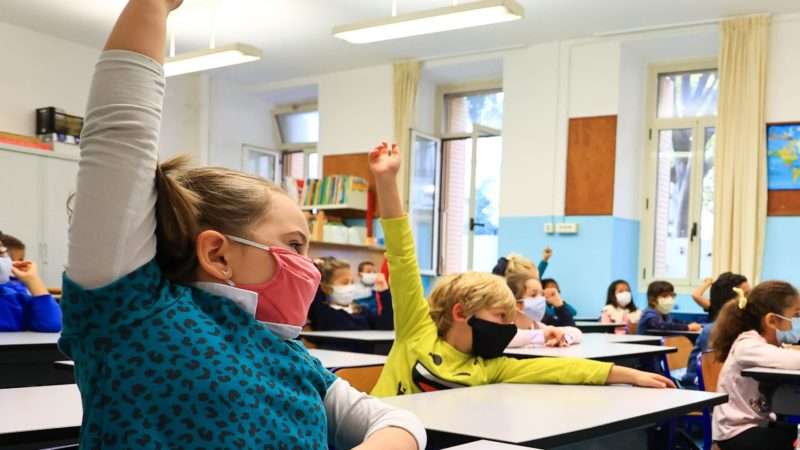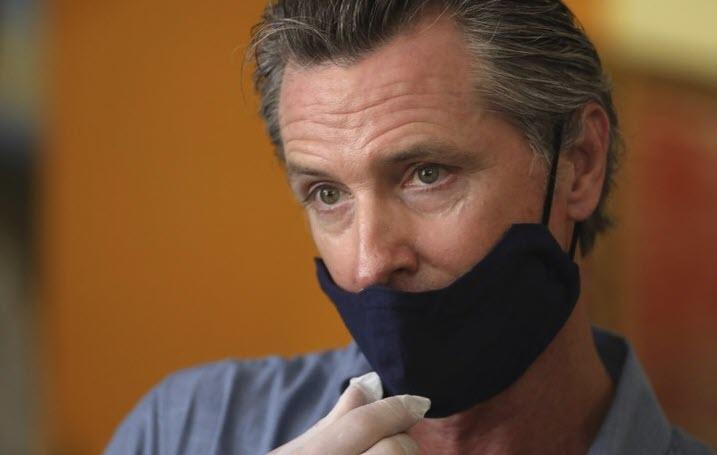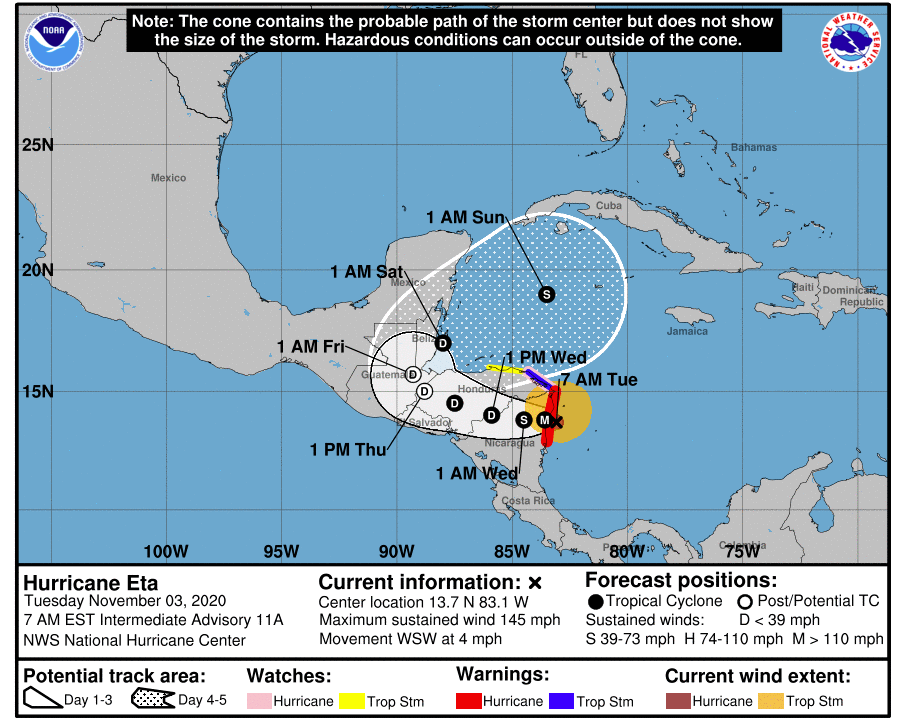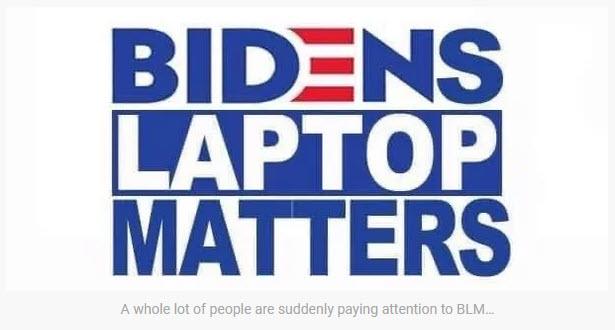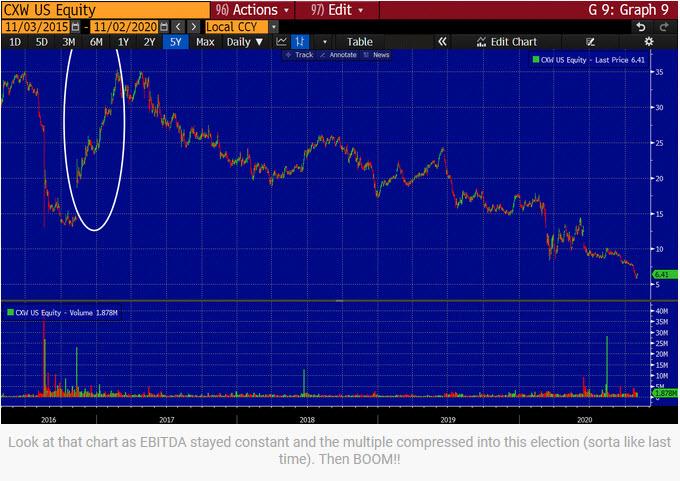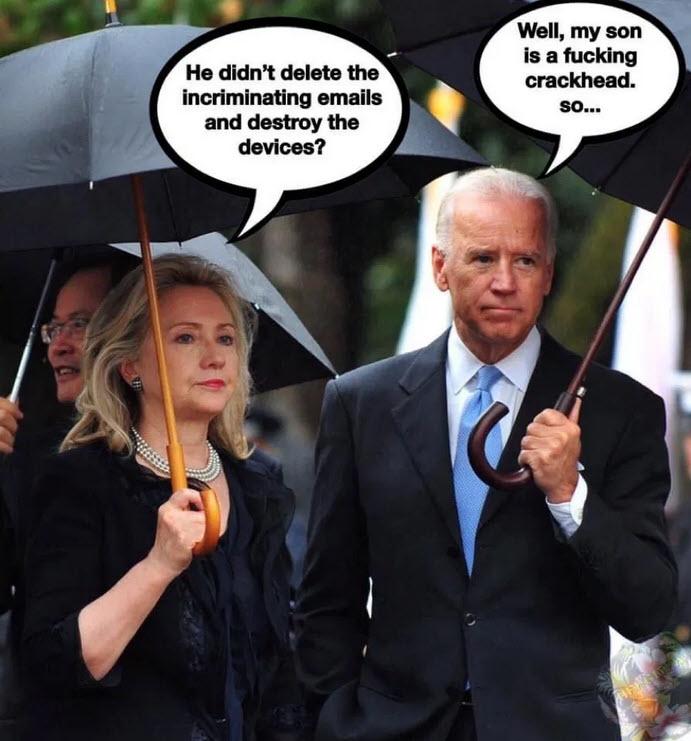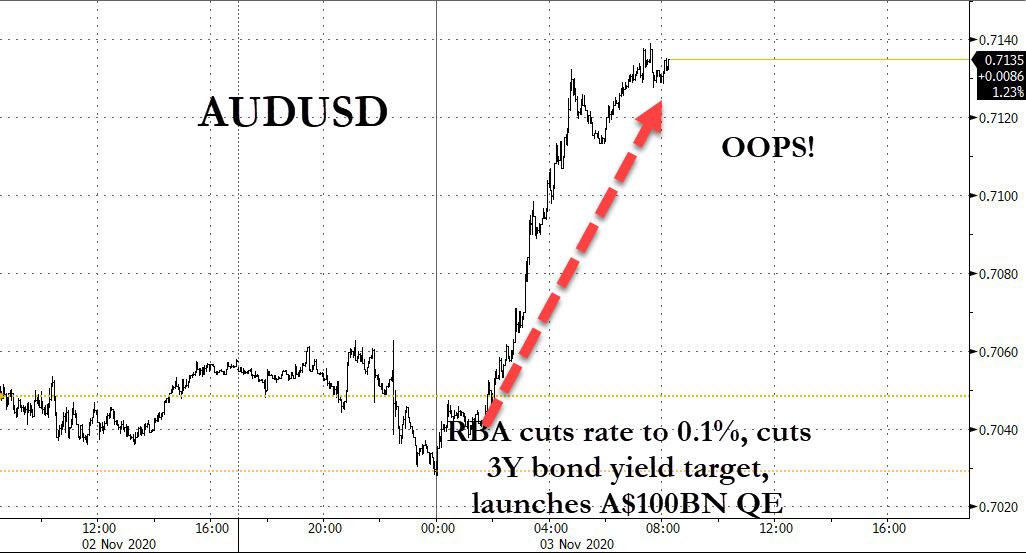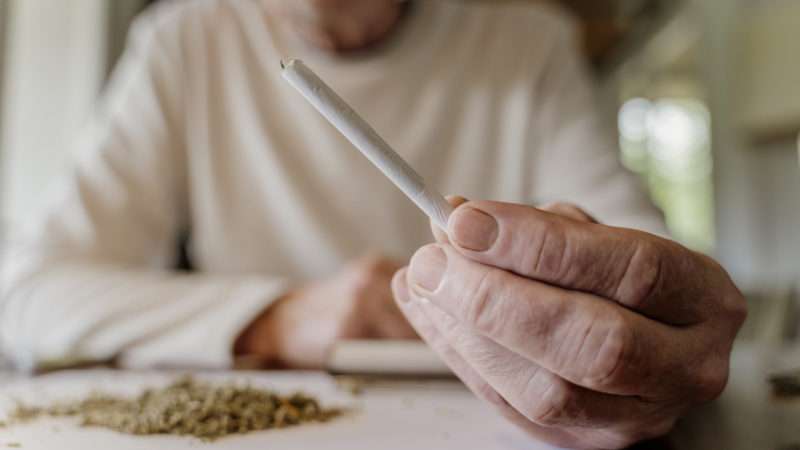
The 2020 election has so been so dominated by Biden versus Trump insanity that a lot of consequential ballot initiates have been getting short shrift. But today, voters in various U.S. locales will have the opportunity to usher in some pretty exciting—and libertarian—policies, as well as the chance to reject a few really bad ideas.
Let’s start with the good, shall we?
Proposition 22 in California
California’s Proposition 22 would undo some of the damage wrought by A.B. 5, the 2019 state law that reclassified all sorts of independent contractors and freelancers in California as full-fledged employees. Pushed as a way to stick it to disfavored businesses like Uber and Lyft, the law has proved detrimental to workers across a range of industries, infringing on their ability to work when and how they choose as well as leading to a lot of lost jobs. If Proposition 22 is passed, it would help mitigate these ill effects for people who drive or do deliveries by allowing them to be classified as independent contractors once again.
Proposition 207 in Arizona
Arizona residents will get the chance to legalize recreational marijuana sales by voting for Proposition 207 (also dubbed the “Smart and Safe Act”). “If passed, it would allow…adults 21 and older to purchase up to one ounce of cannabis and have up to six plants at their home,” explains Steve Cottrell, president of Curaleaf Arizona. “Adult-use cannabis products would be subject to state and local sales taxes, with an additional 16 percent excise tax.”
South Dakota Amendment A
Another marijuana legalization measure, this ballot initiative would create a constitutional amendment “to legalize the recreational use of marijuana and require the South Dakota State Legislature to pass laws providing for the use of medical marijuana and the sale of hemp by April 1, 2022.”
Initiative 190 in Montana
Montana residents also have the chance to approve recreational marijuana. Voting yes on Montana Initiative 190 would mean “legalizing the possession and use of marijuana for adults over the age of 21, imposing a 20% tax on marijuana sales, requiring the Department of Revenue to develop rules to regulate marijuana businesses, and allowing for the resentencing or expungement of marijuana-related crimes.”
Public Question 1 in New Jersey
If New Jersey’s Public Question 1 passes, it will “legalize the possession and use of marijuana for persons age 21 and older and legalize the cultivation, processing, and sale of retail marijuana.”
Initiative 65 in Mississippi
Mississippians get to vote on legalizing medical marijuana. A citizen-led ballot measure, Initiative 65, would OK it for a variety of conditions. Meanwhile, Initiative 65A—a government-led measure that’s been accused of being floated just to confuse voters—would legalize medical marijuana for terminally ill people only.
Initiative 429 in Nebraska
This ballot measure would legalize all sorts of gambling at licensed racetracks. “Currently, Nebraska outlaws gambling, except with respect to the state lottery, licensed raffles, and bingo,” notes Ballotpedia.
Measure 109 in Oregon
Oregon’s Measure 109 would let people legally purchase and consume hallucinogenic mushrooms under the care of a psilocybin administrator. If passed, it would give the Oregon Health Authority two years to “determine who is eligible to be licensed as a facilitator, determine what qualifications, education, training, and exams are needed, and create a code of professional conduct for facilitators,” says Ballotpedia.
Ballot Measure 2 in Alaska and Question 2 in Massachusetts
Ballot initiatives in Alaska and Massachusetts would establish ranked-choice voting, in which voters rank candidates by order of preference instead of just voting for one candidate.
Proposition 25 in California
Voting yes on Proposition 25 will help bring more fairness to the bail system. “A ‘yes’ vote is to uphold the contested legislation, Senate Bill 10 (SB 10), which would replace cash bail with risk assessments for detained suspects awaiting trials,” Ballotpedia explains.
Measure 110 in Oregon
This measure would lessen penalties for all sorts of illegal drugs—including heroin and cocaine—moving personal possession of them from serious criminal infractions to something warranting classes or a small fine.
Alas, this year’s ballot measures aren’t all about legalizing drugs, making the criminal justice system fairer, and negating bad workplace regulations. A number of initiatives also seek to limit liberty and individual rights and roll back positive reforms. Here are a few of the worst:
Proposition 20 in California
This California ballot measure “would undo significant criminal justice system reforms passed by California voters in recent years at the very moment that many other states are finally starting to make needed reforms,” explains policy analyst Alix Ollivier with the Reason Foundation (the nonprofit that publishes this site):
Prop. 20, supported by groups such as the California Correctional Peace Officers Association, seeks to address complaints from law enforcement groups that claim it has become too difficult to prosecute repeat offenders, that more minor offenses should be charged as felonies, and they should be able to take DNA from people that commit minor crimes in efforts to expand the DNA database used to help solve crimes.
The initiative would roll back reforms that have been made to the classification of crimes considered non-violent, create two new crimes that would be added to state law—serial theft and organized theft, and make parole more difficult to attain for those convicted of various crimes.
The measure is largely written as law enforcement’s effort to unwind the statewide criminal justice ballot measures voters passed in 2014 and 2016.
Illinois Allow for Graduated Income Tax Amendment
The state is seeking permission to raise people’s income taxes from a flat rate of 4.95 percent to 7.75 percent for households making over $250,000 and 7.99 percent for households with annual incomes over $750,000. The governor already signed a law to this effect last year, but to enact it requires a constitutional amendment since the state constitution bans a progressive income tax.
Proposition 208 in Arizona
Another ballot initiative intended to raise taxes, Arizona’s Proposition 208 would almost double the marginal income tax rate—from 4.5 percent to 8 percent—for high-earning individuals and households. It would also raise taxes on small businesses, since “small businesses pay their taxes on the individual portion of the tax code,” explains Arizona Chamber of Commerce President Glenn Hamer. If Proposition 208 passes, “small businesses will pay a top rate of 8 percent, much higher than the corporate rate of 4.9 percent. We would be the only state in the country to basically double the tax on small businesses, and at a time when so many are struggling.”
Proposition 115 in Colorado
Colorado’s Proposition 115 would criminalize abortion after 22 weeks of pregnancy. “Performing a prohibited abortion would be a Class 1 misdemeanor (the most serious level of misdemeanor in Colorado), which would be punishable by a fine ranging from $500 to $5,000 and not by jail time,” and “medical professionals who are found to have performed a prohibited abortion would have their medical licenses suspended by the Colorado Medical Board for at least three years,” explains Ballotpedia. “Under the initiative, abortions after 22 weeks would be lawful if the physician believes it is immediately necessary to save the life of the pregnant woman.”
Louisiana Amendment 1
Amendment 1 aims to ready Louisiana to curtail abortion access should Roe v. Wade be overturned by amending the state’s constitution to say nothing in it “shall be construed to secure or protect a right to abortion or require the funding of abortion.” As the Wall Street Journal explains, “should a more solidly conservative U.S. Supreme Court give states more authority to regulate abortion, Louisiana state courts would have less ability to strike down antiabortion laws” if Amendment 1 passes.
Proposition 21 in California
This measure would allow for the expansion of state rent control policies.
QUICK HITS
• In a long Twitter thread, Rep. Justin Amash (L–Mich.) lays out the many, many ways that President Donald Trump has failed libertarians:
Donald Trump wants to win the support of libertarians, but his actual record on expanding the federal government and eroding liberty is appalling.
— Justin Amash (@justinamash) November 3, 2020
• Folks in charge of the Grammy Awards are making a big deal about replacing the “world music” award category with the almost-identical category of “global music.”
The trouble with the label "world music" is that it treats everything produced outside a handful of countries as though they're a single genre. Keeping the category but calling it "global music" instead doesn't change that at all. https://t.co/KagOk5ranE
— Jesse Walker (@notjessewalker) November 3, 2020
• The Daily Caller blows holes in Trumpian theories about Democratic nominee Joe Biden and his son, Hunter:
NEW: Joe Biden offered financial assistance to Hunter Biden on at least 4 occasions from November 2018 through March 2019, text messages show.
The texts are a blow against the theory that Hunter was acting as a bag man for his father.https://t.co/umPLEOCYWg
— Andrew Kerr (@AndrewKerrNC) November 3, 2020
• What will the post-election major parties look like?
• Why the mobile-only streaming platform Quibi failed.
from Latest – Reason.com https://ift.tt/32cdGPw
via IFTTT
